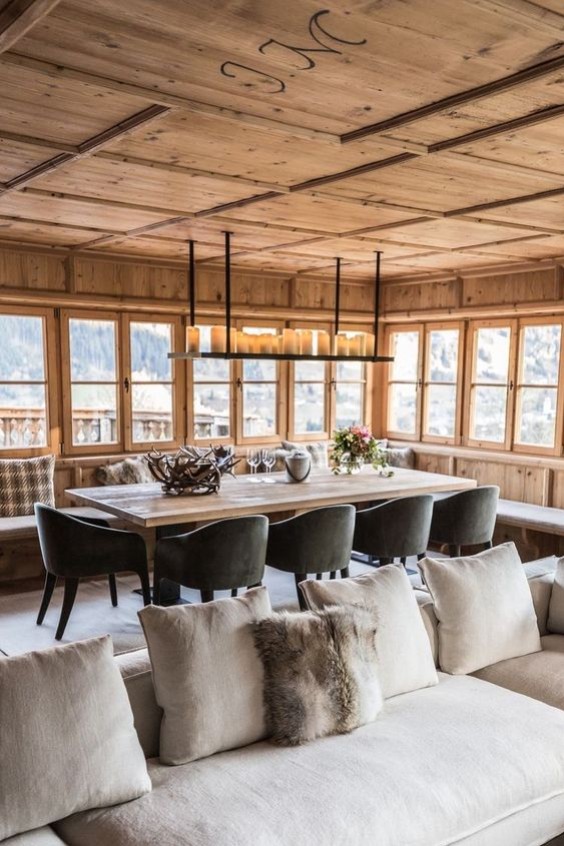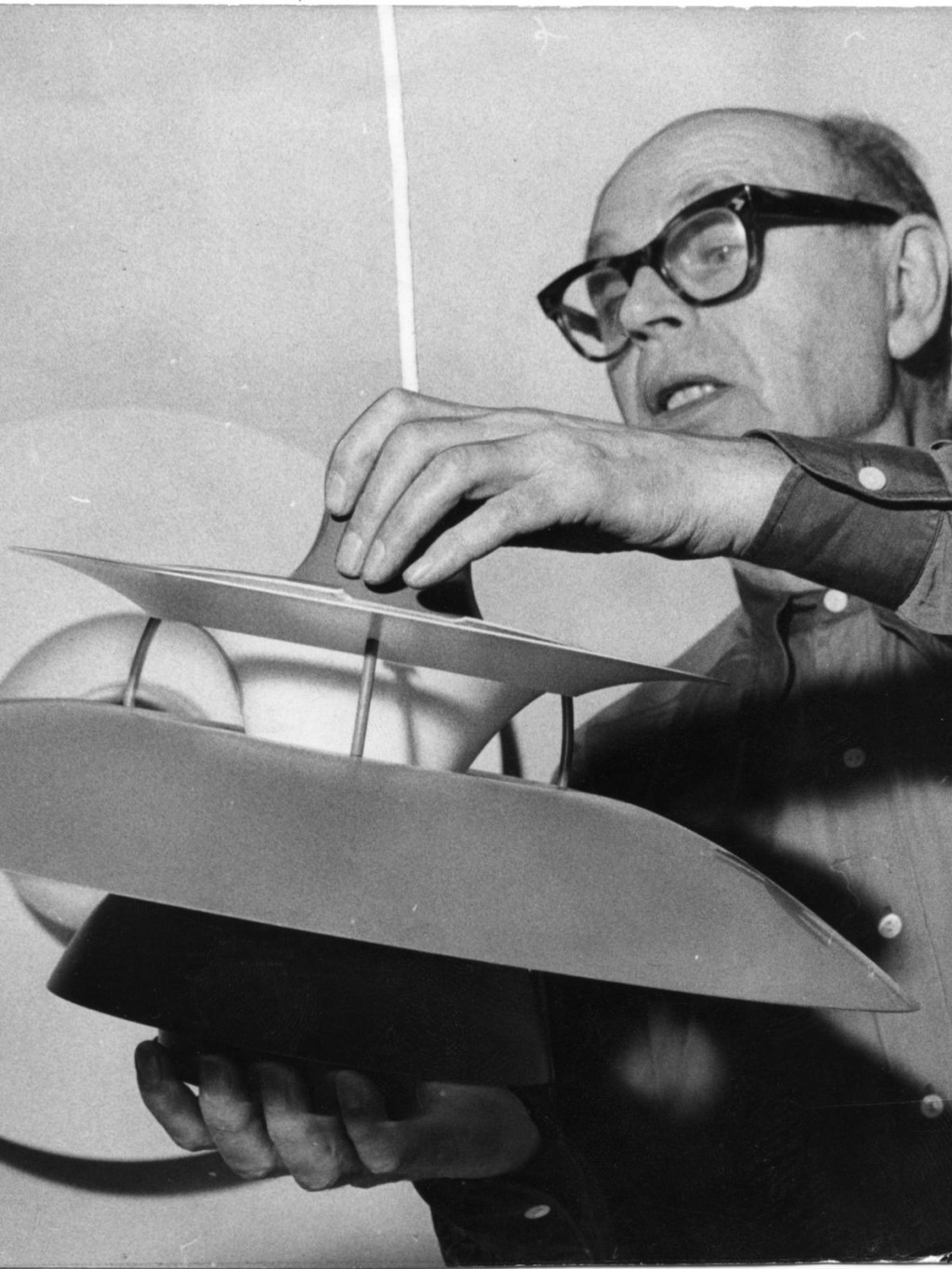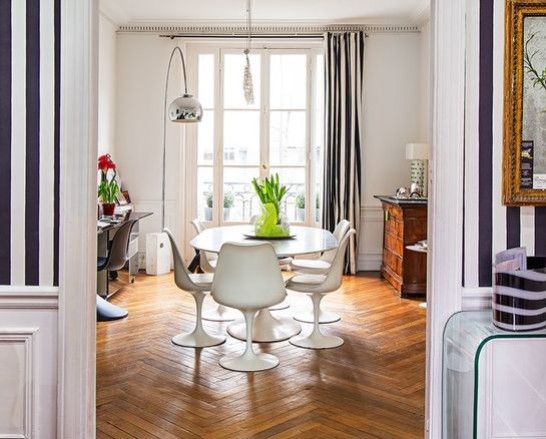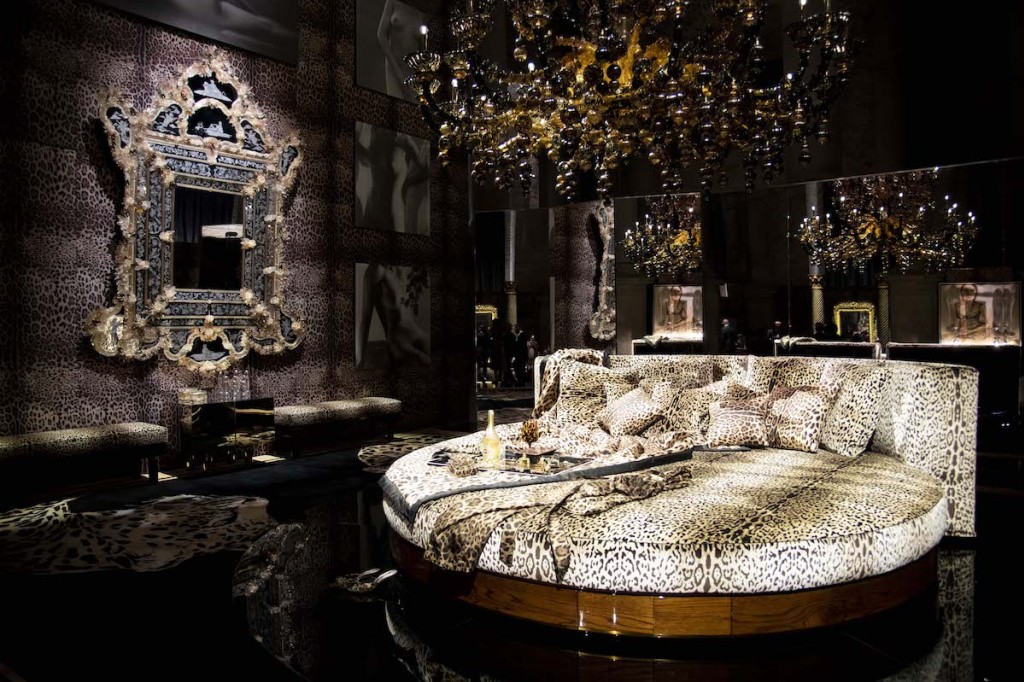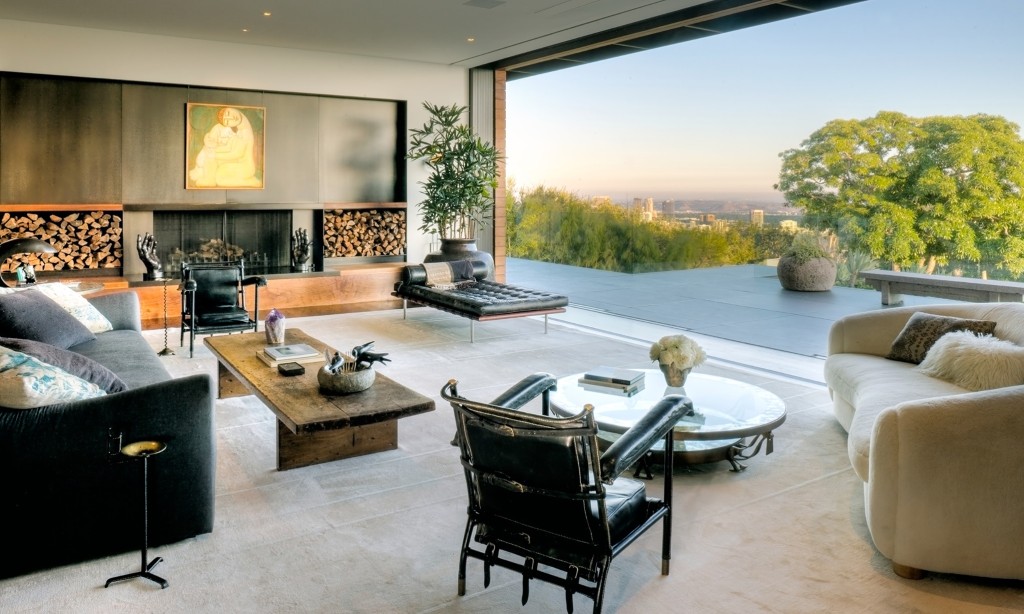French design in the 1950s and 1960s was marked by a very strong creative and inventive bubbling. It reflected a changing society: from the urgency of reconstruction to the advent of mass consumption, which Raymond Loewy, arguably the greatest French designer of the twentieth century, left to pursue a career in the United States, had understood perfectly. In this period when everything was accelerating, the major figures of architecture and design were the pioneers of the interwar period such as Jean Prouvé (1901-1984) or Le Corbusier (1887-1965), who "invented" the designer's profession, concerned with keeping up with technical progress and producing pieces in series. To these tutelary figures will succeed a gifted generation, young wolves for the most part born between 1925 and 1930 and from the decorative arts.To Jean Prouvé and Le Corbusier, we should add Charlotte Perriand (1903-1999) and Marcel Gascoin (1907-1986). All of them already had a career behind them and a solidly established know-how. This is why political decision-makers call upon them to rebuild the country in the aftermath of the Second World War.Thus Le Corbusier, whose real name is Charles-Édouard Jeanneret-Gris, born in La Chaux-de-Fonds in Switzerland, is entrusted with the reconstruction of urban spaces. In Marseilles, he received an order from the state for the construction of a housing unit. From 1946 to 1952, the architect and urban planner designed and built la cité radieuse, a major innovation in the way of conceiving the residential building.
Aerial view of the le Corbusier housing unit, known as Cité Radieuse (1946-1952). The building is 56 meters high by 130 meters long, all on 17 levels.
Interior of the Cité Radieuse listed as a Unesco World Heritage Site, Marseille 8. Very innovative for its time, the building includes offices and stores (grocery stores, bakery, café, hotel/restaurant, bookstore, etc.) and even a roof terrace occupied by public spaces.
Cité Radieuse, Marseilles, view of a façade.
A view of the roof of the Cité Radieuse today rehabilitated as a Contemporary Art Center (MAMO).
Another charismatic figure of post-war design: the Nancy-based Jean Prouvé. Architect and designer, he too put his skills at the service of reconstruction. In 1954, with Charlotte Perriand, he was commissioned to design the furniture for the Jean Zay university residence in Antony. There he installed the famous compass desks and tables, as well as the Antony bookcases, beds, chairs and armchairs: pieces that are highly prized by collectors today.
Compass model desk with its famous asymmetrical delta base. On the side, gray lacquered metal suspended pedestal opening with 3 drawers in front. The desk is accompanied by the Metropole chair n°365 called "Standard" chair. Edition Ateliers Jean Prouvé circa 1953.
Antony Library, design Jean Prouvé, 1954. The piece is made of folded steel sheet and wood.
A traveling companion for a decade of Le Corbusier, for whom she created the interior furnishings for many of his architectural projects, Charlotte Perriand is a singular figure in French design. She is the first woman to impose her signature in a male universe. In the 1950s, Charlotte Perriand remained very marked by a trip to Japan and, with the help of Jean Prouvé, she designed numerous combinatory systems in wood (bookcases). Her sense of purity combined with a search for a functional design works wonders.
Charlotte Perriand, Bibliothèque Tunisie, fabrication Ateliers Jean Prouvé et André Chetaille, 1952. Charlotte Perriand's furniture from this period is largely reissued by Cassina, in the I MAESTRI collection.
In 1955, Charlotte Perriand presented in Tokyo the exhibition "Proposal for a synthesis of the arts" View of the exhibition: Tokyo benches, removable cushions, square coffee tables, lacquered tube legs, laminated wood tops covered with black or white melamine, Berger low stools.
Charlotte Perriand, Ombre chair, 1955. An oriental-inspired piece highly sought after by collectors and created for Perriand's Japanese exhibition, the seat is made of curved and stained plywood. Photo credit: © Bertrand Prévost - Centre Pompidou, MNAM-CCI /Dist. RMN-GP © Adagp, Paris
From the same generation, the decorator Jean Royère (1902-1981) stands out. With an innate sense of decoration, he imposed a style made of color, humor and lightness, and possessed an instinctive sense of form. A sought-after signature of the 1950s, Royère became the appointed decorator of Middle Eastern sovereigns.
Jean Royère, Pair of Serpentine sconces, circa 1950. 3 brass light arms. Jean Royère donated his entire archive to the Musée des arts décoratifs de Paris.
Jean Royère, Pair of armchairs model egg, circa 1952. The armchairs are covered with a yellow and white mohair velvet tapestry.
Marcel Gascoin, trained at the École nationale supérieure des arts décoratifs (ENSAD, Paris), has the distinction of being a carpenter-cabinetmaker. A pronounced taste for woodwork that makes him love beautiful handicrafts and naturally leads him to be inspired by Scandinavian designers who conceive ergonomic and functional furniture. In 1950, he created the famous chair model C which he published under the brand name A.R.H.E.C (Aménagement Rationnel de l'Habitation Et des Collectivités) that he created.
Marcel Gascoin Chair model C published by ARHEC, 1950. The structure is in solid oak, reupholstered with the beige fabric of the Bergamo range of the Lyon-based publisher Bisson Bruneel. Marcel Gascoin wishes to produce wooden furniture of beautiful workmanship and accessible to the general public.
If Marcel Gascoin designs, manufactures and publishes his own furniture, he also wants to pass on his knowledge to the younger generation. That is why he trains within the agency A.R.H.E.C the talents coming from the great schools of decoration. In his workshops, a new generation of designers is ready to take over. Among them, the most talented are Joseph-André Motte (1925-2013), Michel Mortier (1925-2015), Pierre Guariche (1926-1995) and even Pierre Paulin (1927-2009) for a short time. Their desire: to promote a contemporary furniture accessible to all in phase with the evolution of the way of life. Their seats are published by Steiner and Airborne, the furniture by Minvielle and Cabanne; the lighting by Disderot.
A.R.P. (Motte, Mortier, Guariche) Modular Furniture, Minvielle Publishing, 1955. A great success at A.R.P: modular furniture elements.
A.R.P (Motte, Mortier, Guariche) modular furniture, Minvielle Publishing, 1955. Another view of the set.
Motte, Mortier and Guariche will continue their careers individually, with notable success. Thus, we owe Joseph-André Motte the Fauteuil 740 in 1957, the "vintage" seat par excellence, for which he won the René Gabriel prize at the Salon des Arts Ménagers. Michel Mortier, for his part, sets up the interior design agency Habitation esthétique industrielle mobilier. His furniture is elegant and subtle. In 1959, Steiner publishes his Triennale recliner.
Joseph-André Motte, Armchair 740, 1957. Originally shown at the 1957 Household Arts Show by Steiner, this model was reissued for the first time in 2012.
Michel Mortier on his Triennale recliner, published in 1959 by Steiner. The model offers 6 formulas with poufs, the forms are interchangeable, molded with foam covered with fabric, while the legs are nickel-plated steel and the crossbar in solid cherrywood.
Pierre Paulin is the best known of this generation. His talent explodes via his collaboration with the Dutch furniture publisher Artifort, which earned him international fame in the 1960s. Monocoque structures, tubular steel legs, formica and laminate, were followed by curved lines, cellular foam, latex, elastic jersey and the bright colors of those years. Pierre Paulin embraced these developments and created models with supple and daring shapes. His seats are padded with foam and especially dressed with jersey, a new elastic fabric.
Orange Slice chair, design Pierre Paulin, 1960 for Artifort.
Tongue chair, design Pierre Paulin, 1967 for Artifort.
Following Pierre Paulin, we must mention Olivier Mourgue (1939), custodian of the Djinn lounge chair, a symbol of the modernity of the 1960s and became an icon to the point of appearing in Stanley Kubrick's film, 2001: A Space Odyssey(1968).Finally, this panorama would be incomplete without mentioning the immense talent of Roger Tallon (1929-2011), considered to be the father of French industrial design. A long and rich career started in the 50s, to end in the last years of his life, and marked by his collaboration with the SNCF (Atlantic TGV project and Eurostar).
Olivier Mourgue, djinn long chair, 1964-1965, published by Airborne.
Portavia 111 television set, design Roger Tallon, 1963. Released in 1966, this television set with its curved line made of two white molded ABS shells, contrasts sharply with the parallelepiped-shaped sets of the time. A stylistic and technical success, it will have a resounding commercial success.
François Boutard





















